
💡 Optimist's Edge: Get to know the tech that makes digital assets as scarce and valuable as physical
A majority don't know what it is and 19 percent believe non-fungible tokens, or NFTs, are silly and pointless. Facts show that this is wrong. We show what massive potential NFTs have – and how you can benefit.
Share this story!
Summary
📉 What people are wrong about
There is a common perception that NFTs, or non-fungible tokens, are pointless. A bad, and even silly, investment. 19 percent of the respondents in our survey have this perception. But a whopping 71 percent don't even know what it is... do you?
📈 Here are the facts
NFTs can, for the first time, create providence, or provable ownership, over digital assets thanks to blockchain technology. Digital collectibles, music, art, event tickets, and much more can now be protected with proven ownership rights. Adding to this, intellectual property can be digitally owned and authenticated by the creator.
Not least, NFTs are already used by major companies and create hundreds of millions of dollars in revenue.
💡 The Optimist’s Edge
NFTs have the potential to revolutionize the digital world because they make it possible to create scarce and authentic assets – something that used to be exclusive to physical assets.
Owning and selling digital assets via NFT technology will allow people and companies to exchange assets that can have real value, and value that can increase over time.
👇 What you can do to get the Optimist’s Edge
Selling, owning and investing in non-fungible digital assets is now at a phase where bitcoin was about ten years ago. It's early and we will most likely see big fluctuations. But long term, the digital economy is growing and blockchain technology has proven it's reliability.
As an artist, investor or company NFTs make it possible to buy and sell digital assets, such as art, music, tickets and collectibles, in a completely new way. NFTs can even be sold in fragments, like you buy a piece of a company with traditional company stocks.
Be Creative: Try to think of something in the physical world that is valuable thanks to scarcity and authenticity. Most of these assets can now have an equivalent in the digital world. How can you use this knowledge to create something valuable?
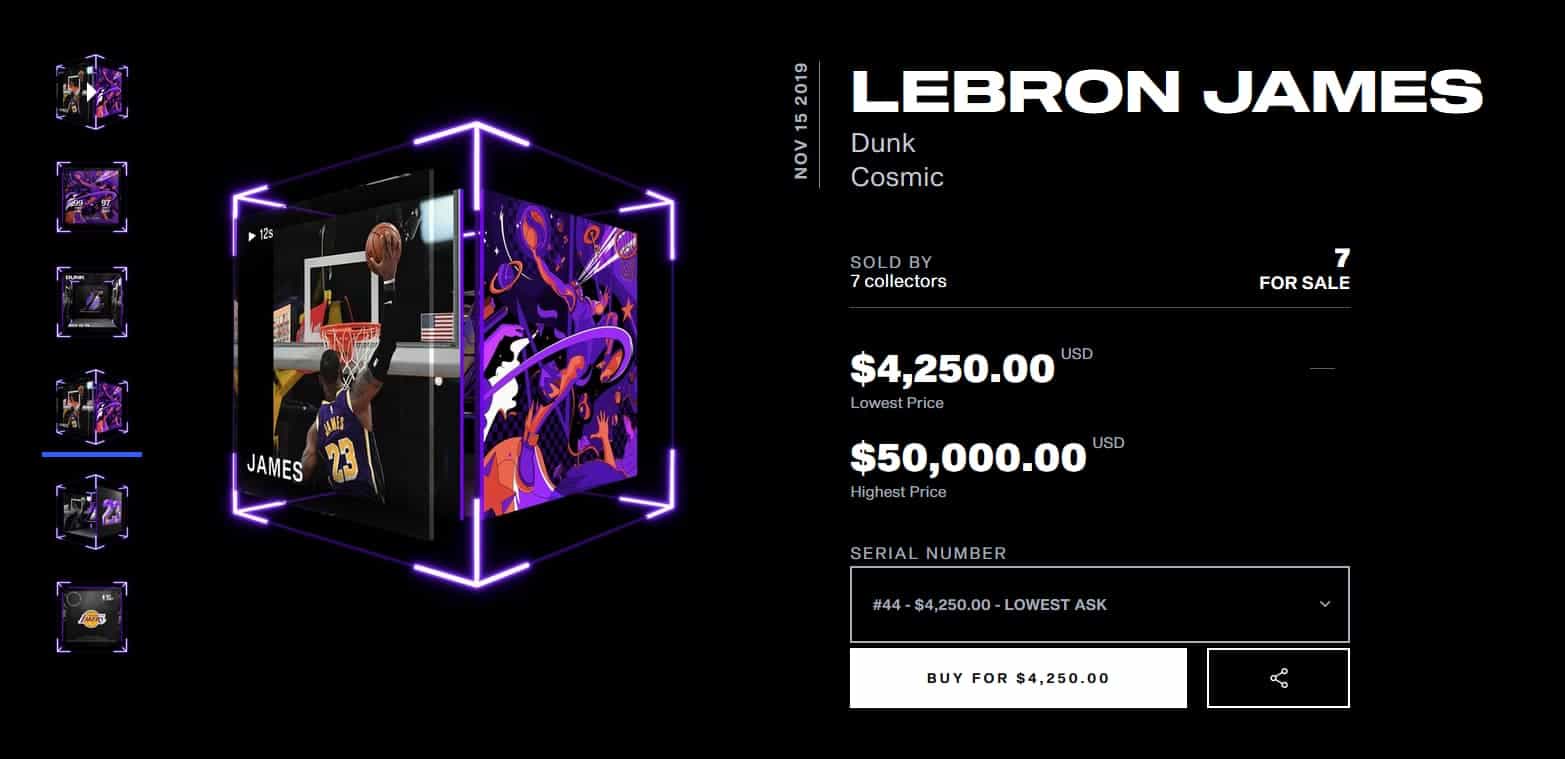
📉 What people believe about NFTs
The interest in non-fungible tokens, or NFTs, has increased dramatically in just a few months, according to Google Trends. Up until the beginning of February 2021 the search volumes where very small, and then – boom.
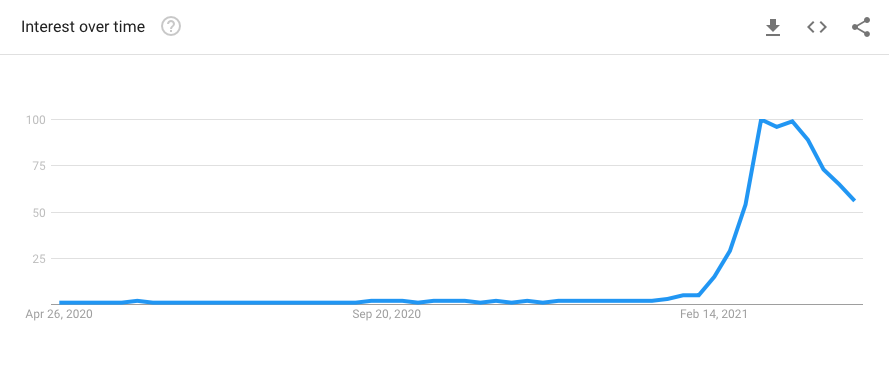
It's no wonder then that most people still don't even know what NFTs are, 71 percent according to our survey.
Of those who do, a majority, 19 percent of all respondents, think NFTs are silly and pointless.
Only 10 percent think they are interesting and valuable.
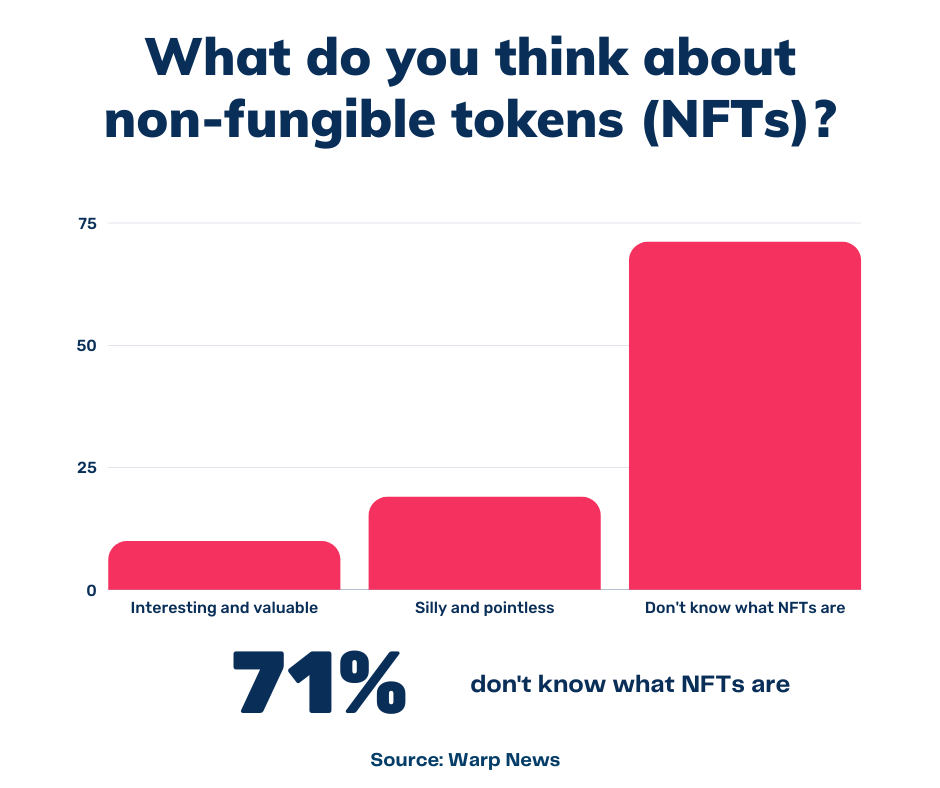
So, how come people's perceptions of NFTs ended up here, at least so far? Most don't know what it is, and those who do know are very skeptical?
In order to explain that, let us introduce Nyan Cat – part cat, part Pop-Tart.
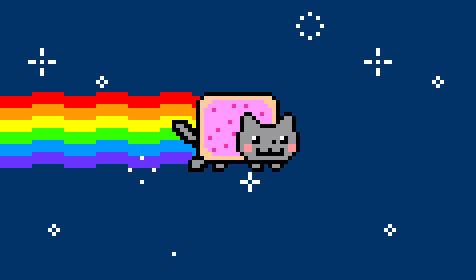
Nyan Cat went viral in 2011 and if you've been around you've probably seen the animated GIF, or the video, of this rainbow casting feline at least once since then.
What happened in February 2021 was that the GIFs original creator, Christopher Torres, had created an updated version and sold it at an online auction for 300 ether, the cryptocurrency that powers the Ethereum network. 300 ether was the equivalent of almost $600,000 at the time.
So why on earth pay such a huge amount of money, and how can someone even own the original copy of a GIF that was so pervasive around the Internet? It's because it was sold as an NFT and because someone with a lot of ether figured it would be cool to own the Nyan Cat.
About a month later Mike Winkelmann, the digital artist known as Beeple, sold his collage Everydays: The First 5000 Days at Christie’s for $69 million. Up until then, the highest price he got for a print was $100.
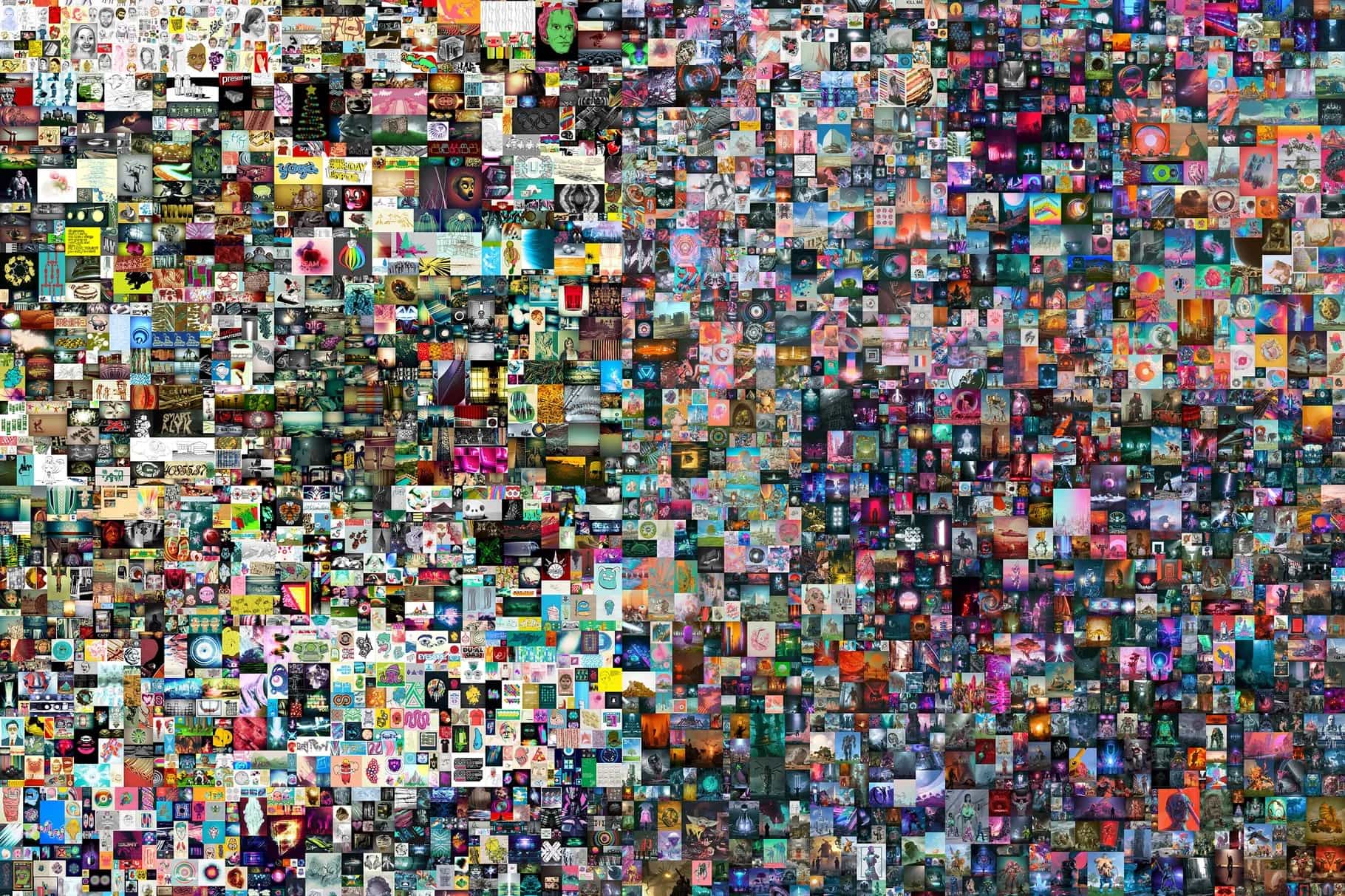
Of course, these and a handful of other auctions made the headlines – this was first contact with NFTs for most people. But most didn't notice at all and those who did generally found it, as our survey states, "silly and pointless".
But those 90 percent miss the point, both literary or figuratively speaking, and the 10 percent that think this is "interesting and valuable" are on to something...
📈 The facts about non-fungible tokens
The market for NFTs saw a dramatic increase in 2020, climbing to a market cap of at least $338 million from about $41 million in 2018. This is a compound annual growth rate, or CAGR, of 187 percent, according to TradingPlatforms.
But skeptics are, and rightly so, asking whether these assets are really worth the value assigned to them, especially if all it takes to view them is an Internet connection. To understand how this works you first have to understand what fungibility is.
What is an NFT and what is fungibility?
NFT stands for “non-fungible token” where the "fungibility" refers to the ability of an asset to be exchanged or substituted with similar assets of the same value.
"One example of a fungible asset is currency. So lets say you have five Euro bills in your wallet, and lets say that you don't want to carry around all that change so you exchange them for a single five Euro bill. The value of your money is still the same, even though it's now in a different form," says Eric Porper, Chief Business Officer and Blockchain Expert at Warp News.
A non-fungible asset is the opposite as each one is unique and can't be substituted for something similar.
"Think of a famous painting, an original piece of art, like the Mona Lisa. It couldn't just be swapped out for, say, a Mona Lisa poster from the Louvre gift shop. Because the poster doesn't hold the same value, right? Just as the Nyan Cat GIF and Everydays collage you see in the article you're reading right now don't hold the same value as the original – the only difference now is that it's all digital," says Eric Porper.
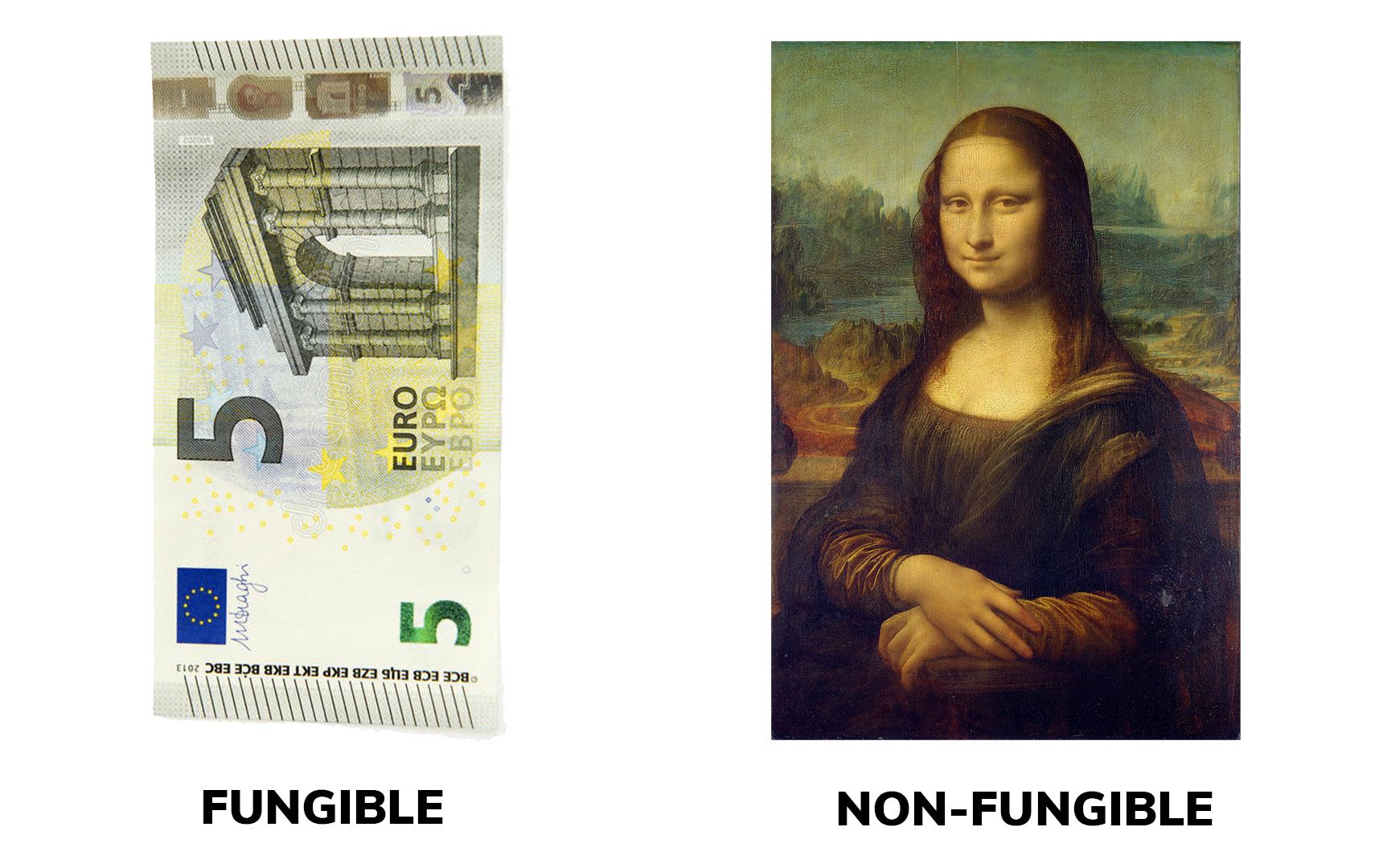
The idea behind an NFT is that you have a digital signature in the same way that a great work of art might bear the signature of the painter. You can always go and look at the original and say, yes, this is the real one, this is authentic.
NFTs do this in the digital realm with blockchain technology.
A blockchain is a decentralized alternative to a central database. Blockchains usually store information in encrypted form across a peer-to-peer network. This makes them very difficult to hack or tamper with and in turn makes them very useful for keeping important records.
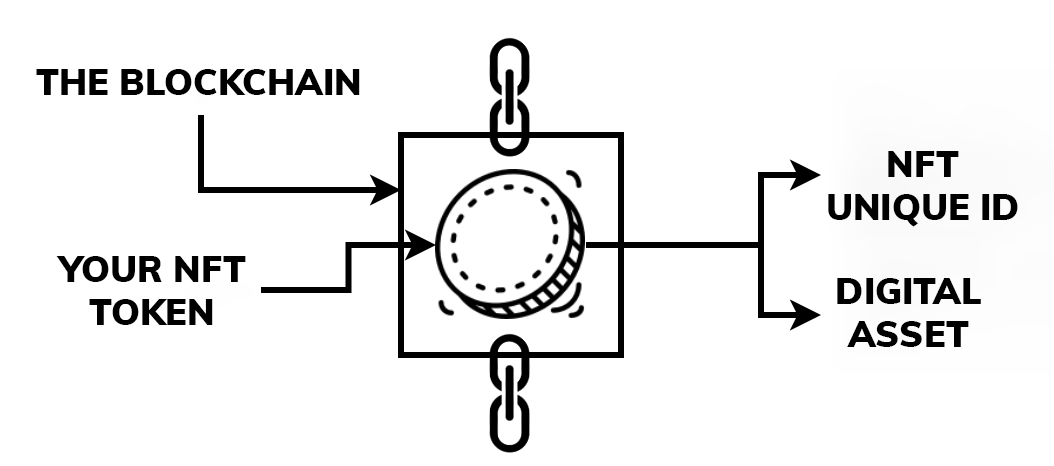
"With an NFT, the information is recorded in same way as they are with crypto currencies. But unlike fungible crypto currencies, like Bitcoin, they are completely unique," says Eric Porper.
The information exists as a string of numbers and letters stored on a blockchain ledger and it can contain such things as who owns the digital asset, who sold it and when it was sold. It's all encrypted which ensures authenticity.
And so, NFTs fix a historically difficult problem for digital creators: How to make your creations scarce and therefore more valuable.
So, in short NFT’s enable two key things to remember:
- Proof of ownership
- Proof of authenticity
And before you say, "what is digital ownership and authenticity really worth", think about what a blue check verification is worth to a lot of people in the world today...
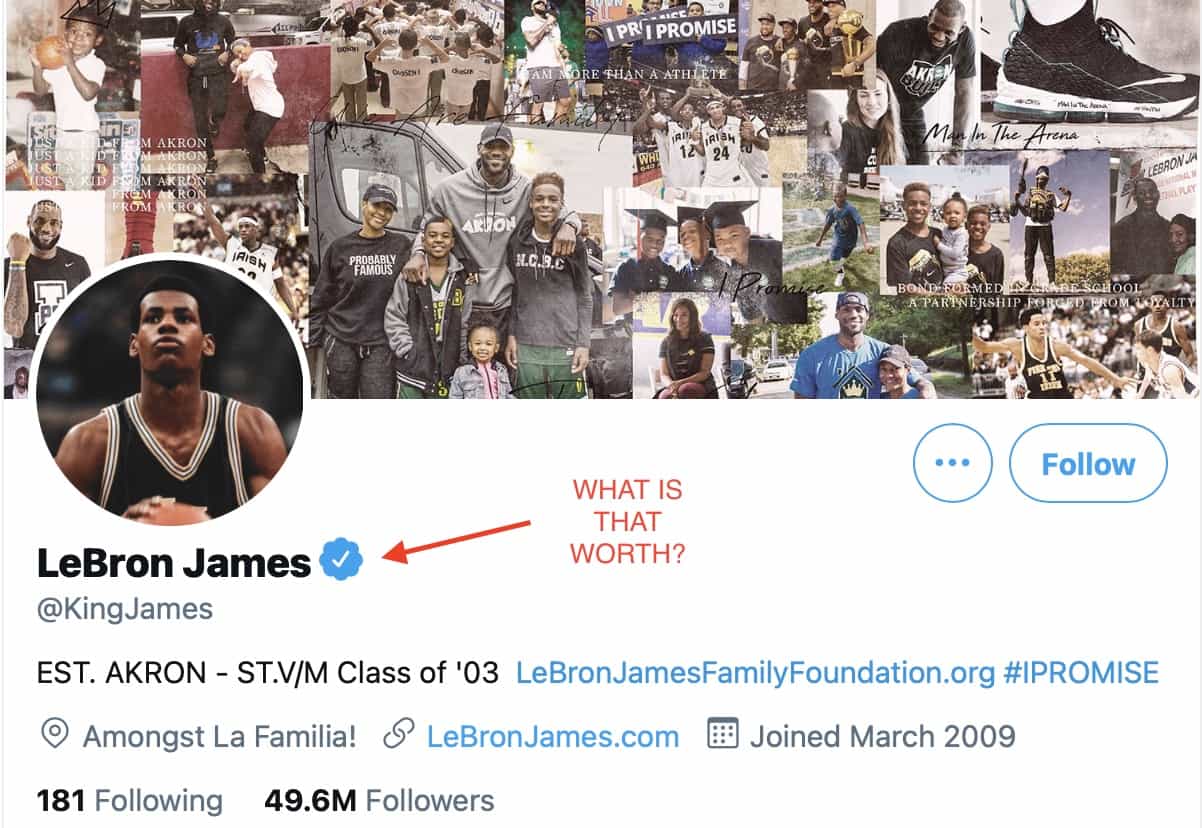
"Crypto-collecting" and digital scarcity
One of the early applications of creating the scarcity was the digital collectible game, CryptoKitties, which emerged in 2017.
Users were able to buy, trade and breed digital cat collectibles and each new cat was an NFT, which certified its originality and ownership.
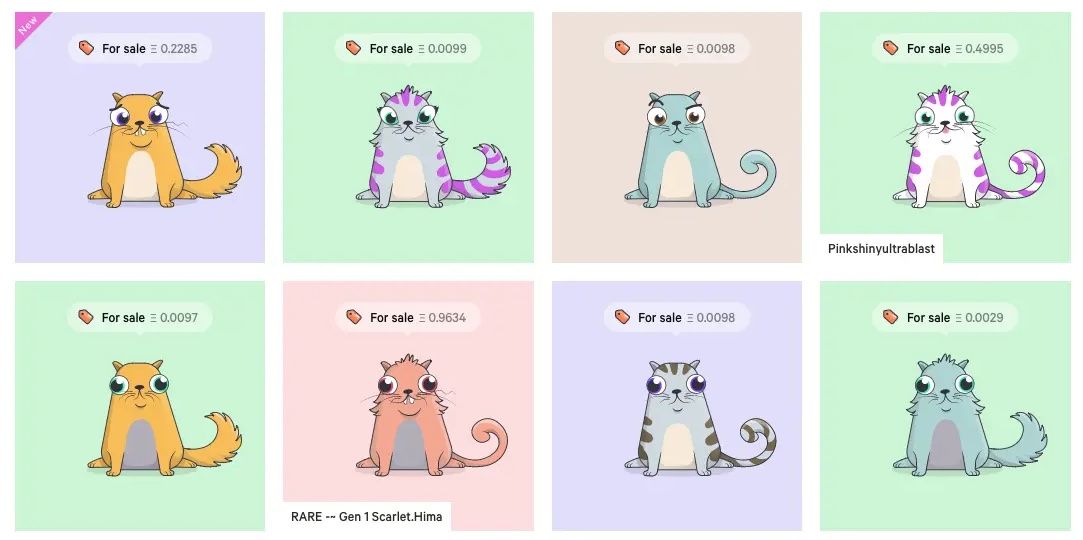
Since then, NFTs have been applied to video games, digital art and sports memorabilia.
One example is NBA Top Shot, which allows users to procure a collection of digital basketball highlights like a video clip of a block or a dunk. By mid-March, NBA Top Shot had clocked in over $338 million in sales since it went live in October.
Another example is Sorare where you can collect, trade and play with limited edition digital cards of soccer players. It's big business. At the end of 2020, a unique card of French superstar Kylian Mbappé was acquired for EUR 57,000.
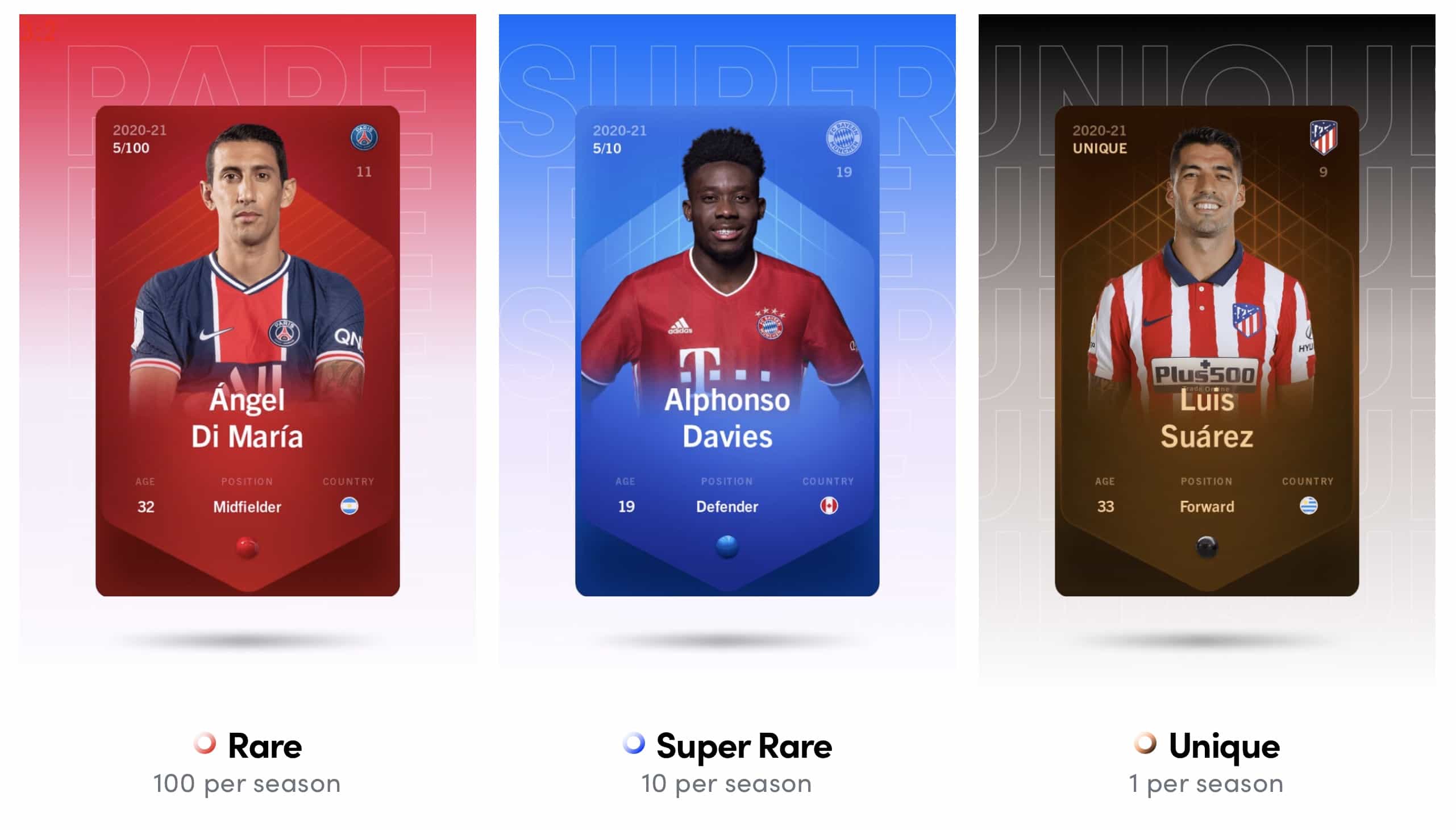
Concerns and more complex things
But NFTs are way more than digital trading cards. Unlike with the blockchain underlying Bitcoin, you can do a lot more complex things with NFTs:
- Set up terms. A lot more information than who owns the digital asset, who sold it and when it was sold, can be stored. Terms such as "the original creator will on each resale of this asset get X amount", can also be stored.
- Fractionalization. With NFTs it's now possible to divide assets into fractions, both digital and physical. This is a game changer. Lets say you're dreaming about owning Michael Jordan's rookie card, or Edvard Munch's famous painting "The Scream" – you now can even if you're not a millionaire, because you can buy a fraction. Just like you buy stocks in a company. Check out Masterworks for example.
- Ownership and authenticity on all things digital. Anything that is digital can potentially be connected with one or several NFTs: a meme, a clip from the Super Bowl when an artist performs, parcels of virtual land, a VR experience from the Himalayas, or a unique skin in Fortnite. Creators of all kinds are going to find a platform that allows them to monetize without people sitting in the middle taking a piece of the cut.
Hell, just recently the scientist George Church, who developed the first direct genomic sequencing method in 1984, auctioned off his genome as an NFT.
Of course, there are also concerns. One issue is verification, how do we know that the person selling a digital art piece is actually the original creator? This is difficult, particularly in online marketplaces. But this concern exists when it comes to physical art as well.
Some are skeptical that ownership alone makes digital assets valuable when it comes to digital art. A buyer owns the original digital painting, but the person can't keep others from copying the image and sharing or changing it online.
But this is again also true for the physical world. High resolution cameras, 3d-scanners and 3d-printers makes it possible to copy and share anything in the physical world as well.
Nevertheless, scams and counterfeits exist and need to be addressed – in both the digital and physical realms.
💡 The Optimist’s Edge
Every aspect of our lives have turned digital, we are to a large extent living in a digital society, but provenance of digital assets has so far remained out of reach. NFTs change that.
Understanding the what’s and why’s of NFTs can help shift the power of digital goods from the “middle-men” to the creators and the consumers.
With the rise of the creator economy, for example, sending authenticated owners of a music album a new track in the future, creates a whole new opportunity for creators to have a relationship with their fans. This also enables the connection between the physical and digital world opening up even more possibilities.
Owning and selling digital assets via NFT technology will allow people and companies to exchange assets that can have real value, and value that can increase over time.
NFTs are here, they are real, and they are powerful.
👇 This is how you’ll get the edge
By using NFT’s, you as a creator can limit exposure of copyright violations as authentic copies can be validated. That also unlocks the potential to have a better reseller market and create a relationship with the artist's customer.
"A musician can create an album NFT. A fan purchases the album for $10. The fan can “resell” that album and the artist can receive a guaranteed and automatic payment from the resell. Additionally, if the musician creates a new track, they can add it to the album and ensure it only goes to people who have ownership of that album. That could be for people who paid for a special edition or other unique ways the musician wants to package and sell their music," says Eric Porper.
NFT’s extend way beyond art though. We all use digital music, and pay for it, and the example above shows how NFT’s can truly empower a musician. It’s the same for digital artists. Beyond that, NFT’s can disrupt the ticketing industry by eliminating the black market and ticket brokers.
"A sporting event announces a ticket sale starting on a Saturday morning. Today, ticket brokers buy up the majority of the best tickets before most people have a shot. They resell them for a big premium making them unaffordable for most people. The NFT based ticket will make resales less attractive knowing all ticket movement can be tracked. In other words, it can be set so only the original ticket buyer can access the event," says Eric Porper.
Think of anything in the physical world that is valuable thanks to scarcity and authenticity. These assets can now have their equivalent in the digital world. How can you use this knowledge to create something valuable?
Last but not least, there is a saying that goes: during a gold rush, sell shovels. The market for NFTs is growing fast and a lot of services surrounding this business will be needed, such as marketplaces and tech platforms. Can you provide any of these? Can you find a niche? Pixura is a platform that lets you set up an NFT marketplace fast, without coding.
💡 Step-by-step – create and sell an NFT
So, how do you go about actually creating an NFT?
In this example we assume you are the original creator of a digital piece of art in the the form of a png file.
We also assume you have a wallet where you can send, receive, and store digital assets like Ether, and that you have some Ether in your wallet. Examples of wallets are Coinbase and Torus.
First step is to go to Rarible, which is the first community-owned NFT marketplace. Rarible allows digital artists and creators to issue and sell custom crypto assets that represent ownership in their digital work. It's both a marketplace for those assets, as well as a distributed network built on Ethereum that enables their trade without a middleman.
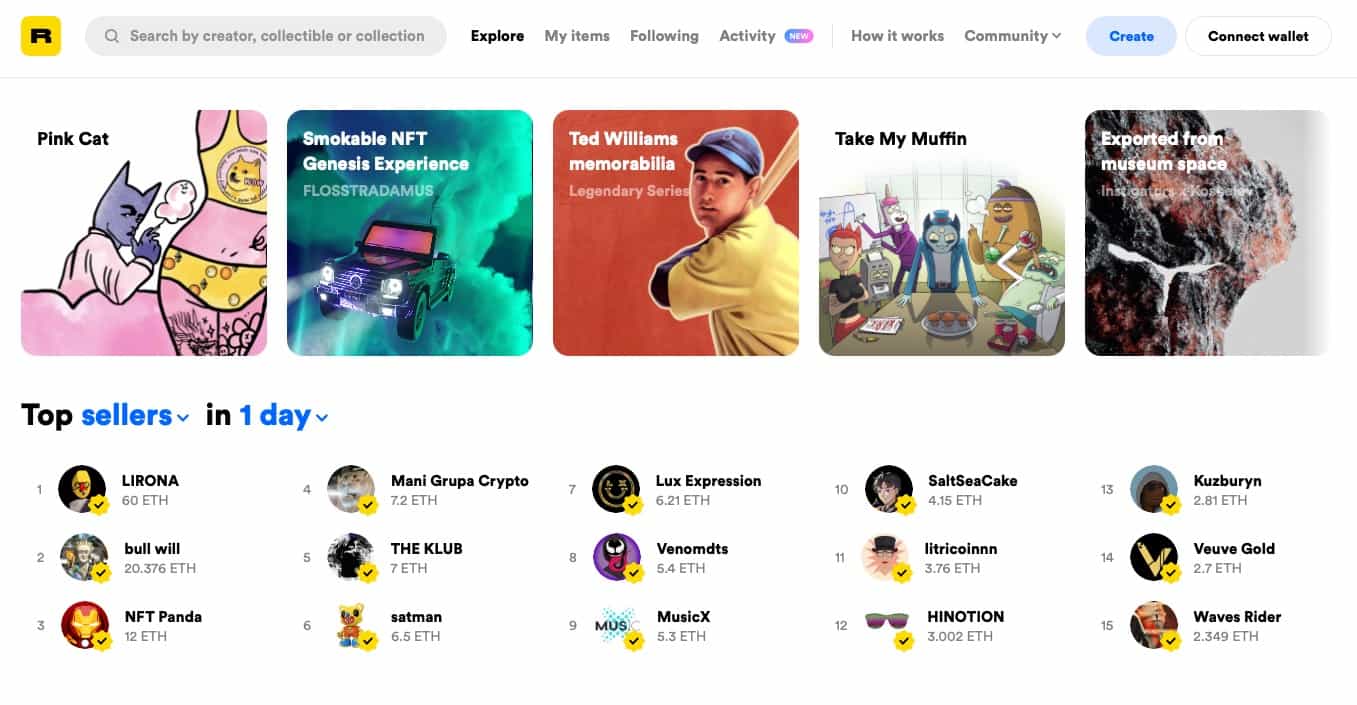
First you Connect your wallet to Rarible, then click on Create. Now choose "Single", since we want your collectible to be one of a kind.
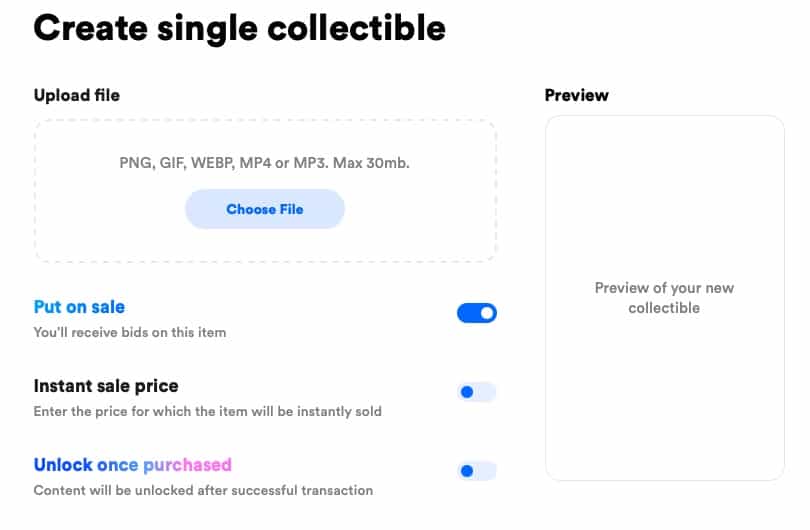
Now you can upload your png file. It's important to understand that the image itself is not stored in the Ethereum blockchain, only meta data such as the name of the image, a description and a link that refers to where the actual image is stored.
In the case of Rarible they take care of this storage and compress the image.
Enter "Name", "Description" and "Royalties". The first time you sell your art you receive 100 percent minus the service fee. Each time your art gets sold after this you can receive royalties where 10, 20 or 30 percent is suggested. You can also choose to set certain "Properties" if you wish.
After this you "Create item", and you're done!
Please note that the minting process, when the token is created, and when you interact with the Blockchain you have to pay what are called gas fees. Gas fees are payments made by users to compensate for the computing energy required to process and validate transactions on the Ethereum blockchain.
💡 Step-by-step – buy an NFT
Other than Rarible, two of the most prominent marketplaces for NFTs are OpenSea and SuperRare.
Again, we assume you have a wallet where you can use digital assets like Ether.
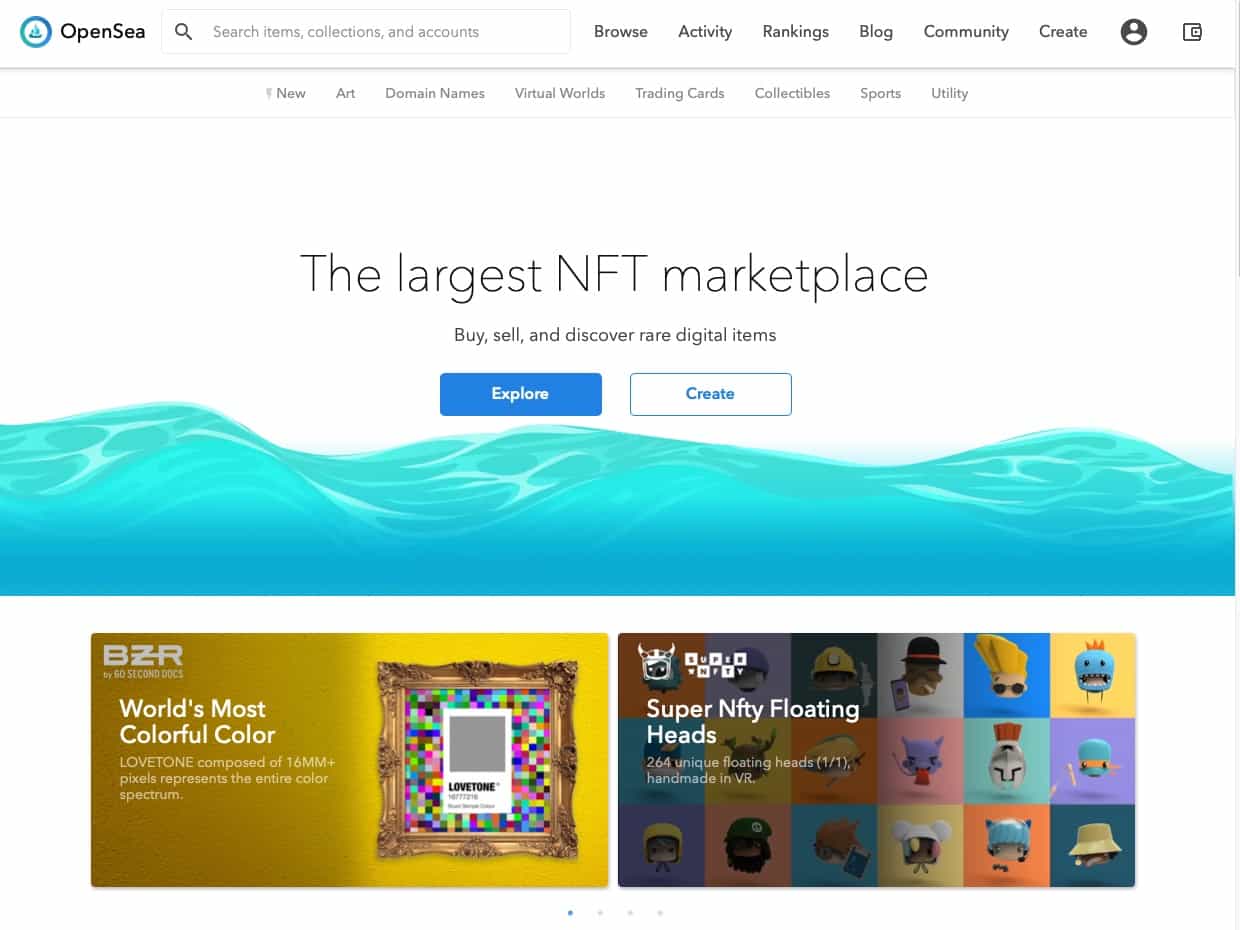
Today we research pretty much everything we buy, before we buy it. NFTs are no different, so the first step before you buy is to do research, especially on the origin of the NFT.
If you see an NFT you’d like to purchase on OpenSea for example, you should click the collection name at the top and check if the creator has added social media accounts. If they have, look for the OpenSea collection URL on their profile.
Checking the smart contract info is a good idea, since you want to be sure you’re buying the correct NFT.
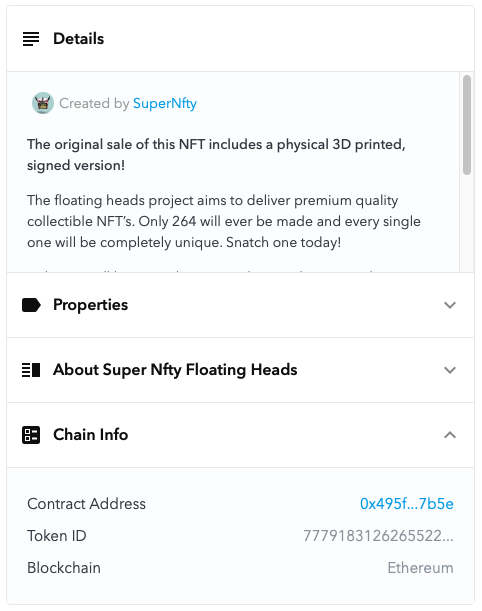
Like with social media accounts, some collections have blue verification ticks on their NFT pages. These ticks are added to high-profile collections and are in place because there is a higher chance of fakes being created elsewhere across the market. So make sure to check this as well.
If all looks good it's time to "Place Bid" or "Buy Now", depending on how the NFT is sold. If you've connected your wallet to OpenSea this step is very simple: add funds (Ether) to your wallet, and proceed to Checkout.
The last step is to sign the transaction using your Ethereum wallet to complete your purchase.
✅ Done, you now own an NFT and are an early adopter in a marketplace that will most likely turn over billions in volume within a couple of years.
You now have an edge because you have gained this knowledge before most others – what will you do with your Optimist's Edge?
❓ What more can you do?
Please share more ideas with your fellow Premium Supporters in our Facebook group.
Note: The survey was conducted on 500 respondents using Google Surveys.
By becoming a premium supporter, you help in the creation and sharing of fact-based optimistic news all over the world.


